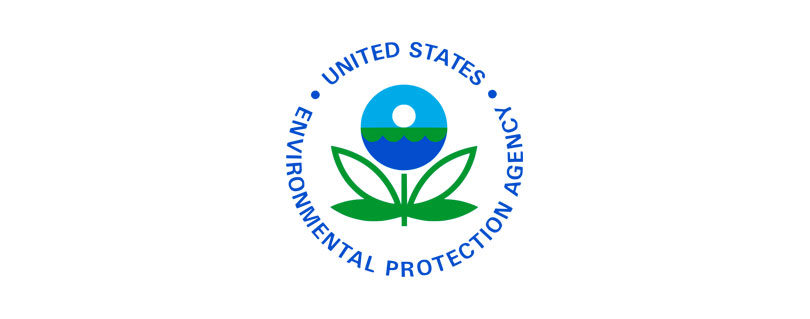EPA Pacific Southwest Region Announces New Toxics Release Inventory, Covering Expanded Sectors and Chemicals
Publilshed by the U.S. Environmental Protection Agency (EPA)
SAN FRANCISCO — The U.S. Environmental Protection Agency has released its 2022 Toxics Release Inventory (TRI) National Analysis showing that environmental releases of TRI chemicals from facilities covered by the program were 21% lower in 2022 than 2013. This includes a 26% decrease in air releases.
During 2022, facilities in Arizona, California, Hawaii, Nevada, the Pacific Islands and 148 Tribal Nations (the Pacific Southwest Region, also referred to as Region 9) managed 902.5 million pounds of production-related waste, 47% of which was managed by preferred methods such as treatment, energy recovery and recycling. In 2022, 9% of facilities in Region 9 implemented new pollution prevention activities – higher than the nationwide average of 8% – with process and equipment modifications being the most common improvements.
Region 9 releases totaled 477.8 million pounds in 2022, which is a 14% decrease compared to 2021. This significant change in releases is mostly related to a decrease in metal mining sector releases, which account for 79% of the Region 9 TRI-reported releases in 2022. From 2013 to 2022, air emissions decreased by 18% in Region 9.
“The overall reduction in toxic releases in our country’s Pacific Southwest is something regulators, industry and communities in our region can be proud of,” said EPA Pacific Southwest Regional Administrator Martha Guzman. “The expansion in sectors required to report for this year’s inventory – as well as the increase in which chemicals had to be reported — are a direct response to what we heard from our communities, especially those with environmental justice challenges.”
National TRI Data
During the 2013-2022 ten-year period, releases from manufacturing facilities nationwide decreased by 9% while the value added to the U.S. economy from manufacturing increased by 14%. While overall releases increased by 1% from 2021 to 2022, there was a 6.5% increase in the number of pollution prevention activities reported under the TRI program compared to 2021.
The 2022 TRI National Analysis summarizes environmental releases of TRI chemicals, as well as how facilities managed their waste. In 2022, facilities reported managing 88.5% of their TRI chemical waste through preferred practices such as recycling, energy recovery and treatment, while releasing 11.5% of their TRI chemical waste into the environment.
EPA, states and Tribes receive TRI data from facilities in sectors such as manufacturing, mining, hazardous waste management and electric utilities. Nationally, more than 21,000 facilities submitted reports on 522 of the 827 chemicals and chemical categories for which TRI reporting is required. The remaining 305 chemicals either were not manufactured, processed or used by facilities required to report to TRI or were not manufactured, processed or used in amounts large enough to trigger reporting.
The 2022 TRI National Analysis features visualizations and analytical tools to make data more useful and accessible to communities. Readers can view data by state, Tribe, metropolitan area, EPA region and watershed using the “Where You Live” mapping tool.
EPA is holding a public webinar on Thursday, April 4, 2024, at 2 p.m. ET to provide an overview of the 2022 TRI National Analysis. Register for the webinar.
PFAS Reporting
The TRI National Analysis includes reporting on per- and polyfluoroalkyl substances (PFAS) as required by the 2020 National Defense Authorization Act (NDAA). A provision of the NDAA outlines criteria for additional PFAS to be automatically added for TRI reporting. For reporting year 2022, four PFAS met the criteria and were added to the reporting requirements for a total of 180 PFAS tracked by the TRI program. During 2022, 50 facilities managed 1.2 million pounds of these chemicals as waste, which represents an 8% decrease compared to 2021.
Pollution Prevention
Facilities implemented 3,589 total pollution prevention activities in 2022 with the most common being process and equipment modifications, followed by changes to operating practices and training. Through both existing programs and the Bipartisan Infrastructure Law, EPA offers grant opportunities to state and Tribal technical assistance providers to help prevent pollution.
Key Expansions to TRI Reporting
Important expansions to TRI reporting went into effect for reporting year 2022. Some contract sterilization facilities, which are contracted to sterilize products or equipment for hospitals and other facilities, were required to report to TRI for the first time on their management of ethylene oxide and ethylene glycol as waste. These facilities managed 6.3 million pounds of ethylene oxide waste, nearly all of which was treated.
Reporting year 2022 was also the first year of expanded reporting for the natural gas processing sector. The 305 facilities in this sector that reported to TRI managed 115 million pounds of TRI chemicals in waste and disposed of 81% of TRI chemicals in underground injection wells.
View the 2022 TRI National Analysis, including local data.
Learn more about EPA’s Pacific Southwest Region. Connect with us on Instagram, Facebook and X.
Read the full article at: https://www.epa.gov/newsreleases/epa-pacific-southwest-region-announces-new-toxics-release-inventory-covering-expanded



